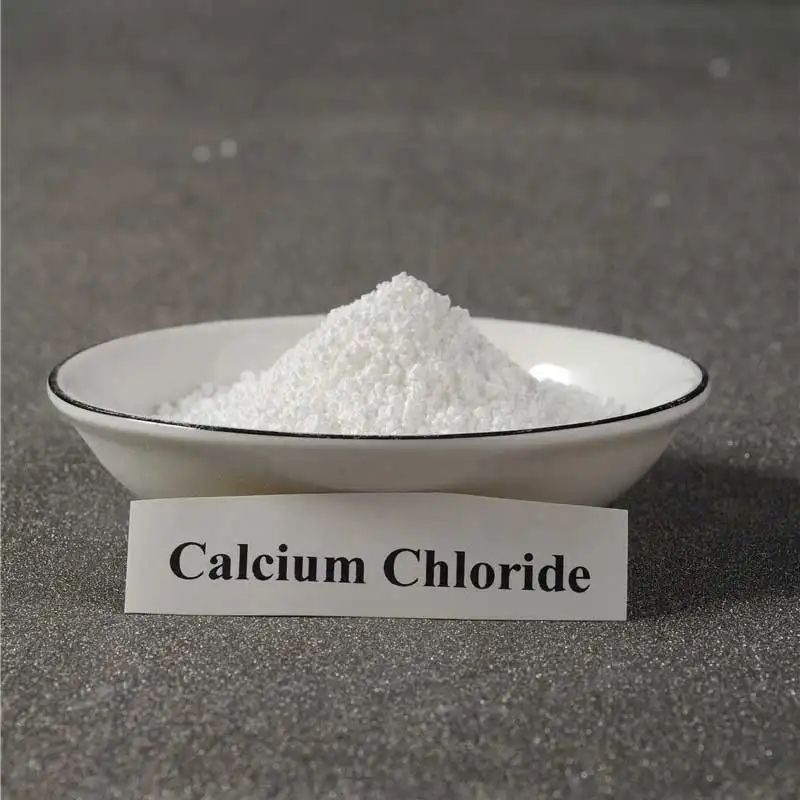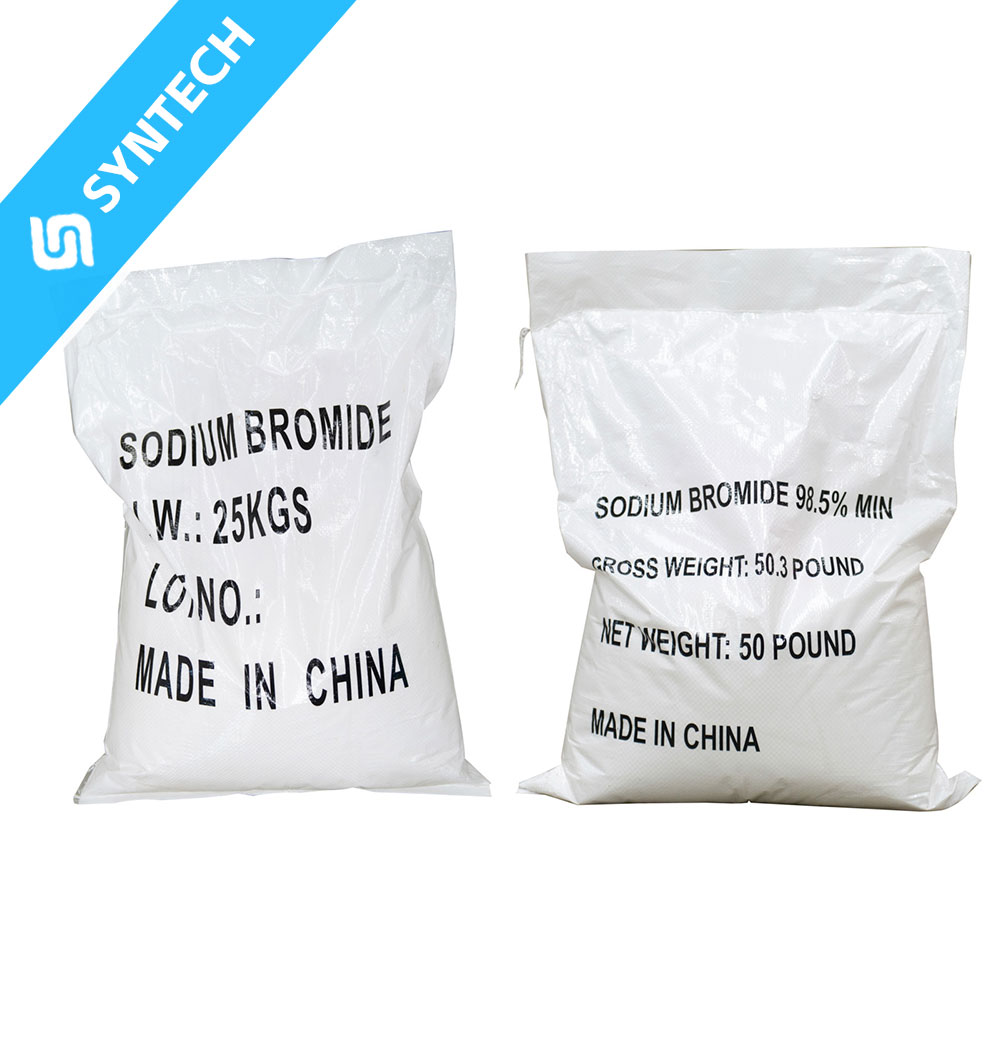The applications of Sodium Methallyl Sulfate (SMAS) in the oilfield industry rely centrally on its strong hydrophilicity, salt and heat resistance, and the high charge density and structural stability it imparts to polymers after polymerization. These properties perfectly align with the stringent requirements for chemical additives in oilfield processes such as drilling, oil production, reservoir protection, and wastewater treatment (e.g., high-salinity formation water, high-temperature downhole environments, and complex fluid compatibility). Its applications are mainly focused on the role of a “functional polymer monomer,” forming specialized oilfield chemicals through copolymerization with other monomers. The specific scenarios are as follows:
1. Additive for Water-Based Drilling Fluids (WBM): Thickening, Fluid Loss Reduction, and Wellbore Stabilization
Water-based drilling fluids (WBM) are core fluids in oilfield drilling. They must maintain stable viscosity in high-salt (e.g., saline formation water) and high-temperature (up to 150°C or higher in deep wells) environments, control fluid loss (to prevent drilling fluid from seeping into reservoirs and damaging productivity), and avoid wellbore collapse. Through copolymerization with acrylamide (AM), acrylic acid (AA), or 2-acrylamido-2-methylpropanesulfonic acid (AMPS), SMAS forms anionic drilling fluid thickeners/fluid loss reducers, playing a critical role:
- Salt and Heat Resistance: The sulfonate group (-SO₃Na) in SMAS rarely combines with Ca²⁺ or Mg²⁺ ions in formation water to form precipitates. Additionally, the steric hindrance of the methyl group (-CH₃) enhances the thermal stability of polymer chains, preventing chain scission at high temperatures. This solves the problem of “sudden viscosity drop and uncontrolled fluid loss” of traditional additives (e.g., starch, cellulose) under high-salt and high-temperature conditions, making it suitable for complex drilling scenarios such as offshore oilfields and saline formations.
- Thickening and Suspension: The copolymerized polymer chains bind to water molecules via hydrogen bonding and electrostatic interactions, significantly increasing the viscosity of drilling fluids. This enhances the ability to suspend drill cuttings and prevents cuttings from settling and blocking the wellbore.
- Fluid Loss Reduction and Wellbore Stabilization: Polymer molecules can adsorb onto the surface of wellbore rocks (e.g., clay), forming a dense “adsorption film” that reduces the seepage of drilling fluid into the reservoir. Simultaneously, it inhibits the hydration and swelling of clay minerals, avoiding wellbore collapse and protecting wellbore integrity.
2. Enhanced Oil Recovery (EOR): Functional Monomer for Polymer Flooding Agents
When oilfield development enters the “enhanced oil recovery (EOR) stage” (primary recovery relies on formation pressure, secondary recovery on water injection, with a recovery efficiency of only 30%-40%), “polymer flooding” is required to improve water mobility (reduce aqueous phase permeability and enhance sweep efficiency) and displace residual crude oil to the wellhead. SMAS is one of the core monomers for preparing salt-tolerant polymer flooding agents, typically copolymerized with AM and AMPS to form ternary or quaternary copolymers:
- Improved Mobility Control: SMAS endows the copolymer with high anionic charge density. The polymer chains expand in water due to electrostatic repulsion, significantly increasing the viscosity of the aqueous solution. After injection into the reservoir, it “thickens” the injected water, reducing the water’s advancement speed and enabling the water to sweep the reservoir more uniformly. This minimizes “water channeling” (injected water flows out of the production well directly without displacing oil).
- Salt Tolerance and Shear Resistance: Oilfield injection water or formation water often contains high concentrations of salt ions (e.g., NaCl, CaCl₂). Traditional AM-AA copolymers tend to curl and lose viscosity due to charge neutralization by salt ions. In contrast, the sulfonate group of SMAS has stronger salt resistance—even in environments with a salinity above 10×10⁴ mg/L, it can still maintain the expansion of polymer chains and ensure stable viscosity. Furthermore, the steric hindrance of the methyl group enhances the mechanical strength of polymer chains, allowing them to withstand pipeline shear forces during injection and avoid chain scission failure.
- Increased Oil Recovery Efficiency: Through the above properties, SMAS-based flooding agents can increase oil recovery efficiency by 8%-15%, making them particularly suitable for high-salt, medium-to-high temperature (80-120°C) reservoirs (e.g., certain blocks in China’s Bohai Oilfield and Huabei Oilfield).
3. Additive for Completion Fluids and Workover Fluids: Reservoir Protection and Fluid Stability
During completion (the stage of well cementing and perforation after drilling) and workover (oil well maintenance), “completion fluids/workover fluids” are used to cool tools and carry impurities. However, if such fluids seep into the reservoir, they may block pores or react with reservoir minerals, causing permanent damage to productivity. SMAS copolymerized polymers, as completion fluid stabilizers, mainly function as follows:
- Low Reservoir Damage: SMAS-based polymers have good water solubility, no solid residue, and weak adsorption on reservoir rocks (e.g., sandstone). After operation, they can be easily removed through “flowback” (extracting fluids from the wellbore), avoiding blockage of reservoir pores.
- Fluid Loss Control and Clay Swelling Inhibition: Similar to drilling fluids, polymers can form a thin, dense filter cake on the surface of reservoir rocks, reducing the seepage of completion fluids into the reservoir. Meanwhile, they inhibit the swelling of clay minerals through adsorption, preventing a decline in reservoir permeability—this is particularly important for low-permeability and sensitive reservoirs (e.g., shale oil reservoirs).
- Fluid Stability: Under high-temperature (e.g., deep well completion) or high-salt environments, SMAS-based polymers can maintain the stable viscosity of completion fluids, preventing fluid stratification and sedimentation caused by temperature/salinity changes and ensuring operational safety.
4. Oilfield Water Treatment Agent: Flocculation of Oily Wastewater and Scale Control
Oilfield production generates large amounts of “oily wastewater” (e.g., produced water, drilling wastewater), which contains crude oil, suspended solids, salts, and heavy metal ions. Direct discharge or reinjection of this wastewater into the reservoir can cause environmental pollution or block injection wells. SMAS copolymerized polymers can be used as oily wastewater flocculants or scale inhibitors:
- Flocculation of Oily Wastewater: The high anionic charge of SMAS-based polymers can adsorb oil droplets (negatively charged) and suspended particles in wastewater. Through “bridging effects,” these particles aggregate into large flocs, facilitating subsequent sedimentation or filtration separation. Compared with traditional aluminum salt or iron salt flocculants, SMAS-based flocculants have higher efficiency, produce less sludge, and remain active in high-salt wastewater.
- Scale Control: Oilfield water is rich in ions such as Ca²⁺, Ba²⁺, CO₃²⁻, and SO₄²⁻, which easily form scales (e.g., calcium carbonate, barium sulfate) on the surface of pipelines and equipment, blocking the pipelines. SMAS-based polymers can bind to Ca²⁺ and Ba²⁺ ions through “chelation” or adsorb onto the surface of crystals to inhibit their growth, achieving scale inhibition. This extends the service life of oilfield pipelines and injection wells and reduces maintenance costs.
Summary: Core Value of SMAS in the Oilfield Industry
SMAS is not used directly as a chemical but acts as a “functional monomer”, transferring its properties of “salt tolerance, heat resistance, and high charge density” to copolymers. It addresses key challenges in various oilfield processes, such as “unstable fluids, reservoir damage, and low recovery efficiency.” Its applications are highly focused on “fluid regulation in harsh environments” (high salt, high temperature, sensitive reservoirs), making it an important chemical raw material for improving oilfield development efficiency and reducing operational risks. Particularly in the development of complex blocks such as offshore oilfields and high-salt reservoirs, the demand for SMAS continues to grow.






